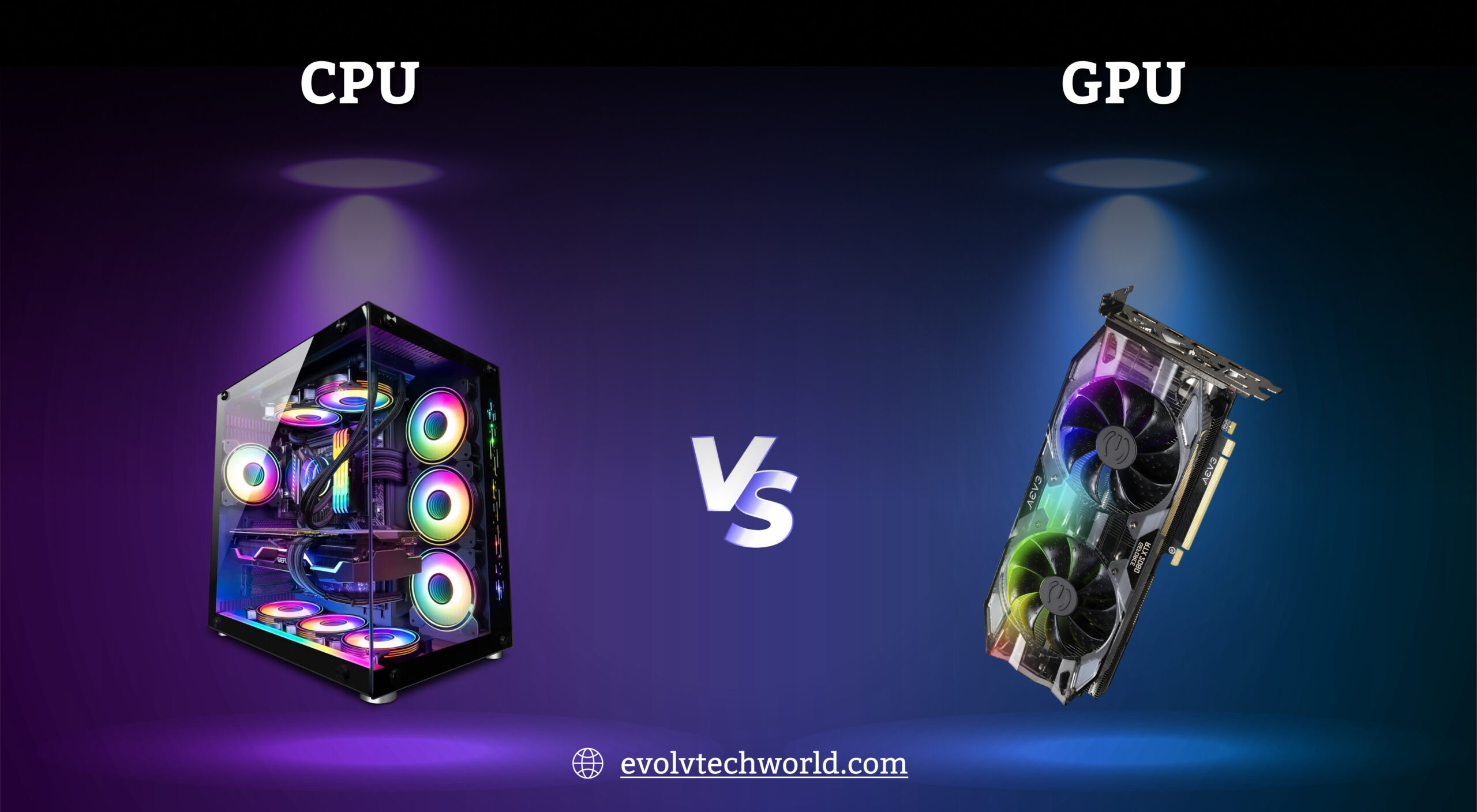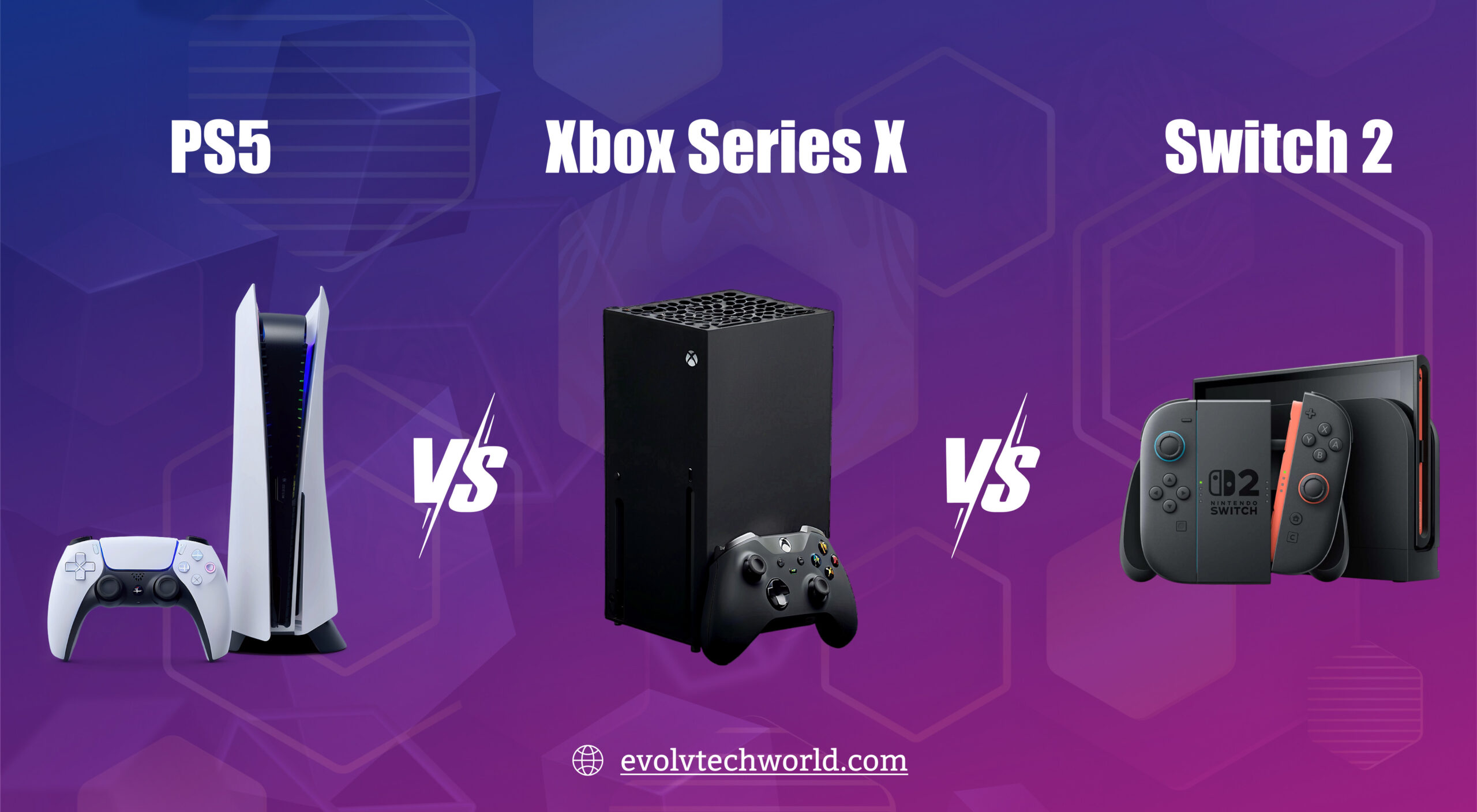In the computing universe, there exist two fundamental kinds of processing units that serve different and pivotal functions the Central Processing Unit (CPU) and the Graphics Processing Unit (GPU). Both are crucial for contemporary devices ranging from mobile phones to supercomputers but optimized for divergent functions. It is knowing the differences between them that aids in choosing the proper hardware for purposes such as gaming performance machine learning or the execution of sophisticated simulations.
What is a CPU?
The Central Processing Unit (CPU) is sometimes called the “brain” of the computer. It is an all-around and highly capable processing unit that can execute a broad range of tasks efficiently.
Key Features:
- General-purpose processor: Capable of executing numerous different tasks.
- Few cores (usually 4-16 in consumer products): Each of the few cores is highly capable and can execute sophisticated operations.
- High clock rates: CPUs run at high frequencies (in GHz), enabling rapid execution of single-threaded applications.
- Sophisticated instruction sets: CPUs possess intricate architectures that enable them to make complex decisions, branch and manage tasks.
Strengths:
- Flexibility: Can execute a broad variety of tasks such as executing operating systems, applications and general software.
- Good Single-thread Performance: Ideal for applications that need high per-thread performance such as web surfing, office work and database administration.
What is a GPU?
The Graphics Processing Unit (GPU) was initially intended to speed up the rendering of graphics and images. The GPU has developed into a highly parallel processor to handle thousands of threads concurrently, making it highly suitable for highly repetitive and large-volume tasks.
Key Features:
- Specialized processor: Parallel data processing optimized.
- Thousands of smaller cores: Individual cores are less powerful but highly efficient at handling simple operations in parallel.
- Lower clock speeds than CPUs: But the combined parallel execution leads to enormous throughput.
- Designed for SIMD (Single Instruction, Multiple Data) operations: Ideal for working large blocks of data in parallel.
Strengths:
- Enormous Parallelism: Ideal for processes such as rendering graphics, encoding video and scientific simulations.
- Acceleration of AI and Machine Learning: GPUs are critical in training deep neural networks and managing big data operations.
- High Throughput: Supports operations that can be subdivided into numerous small tasks at the same time.
Main Differences Between CPU and GPU
| Feature | CPU | GPU |
| Purpose | General-purpose computation | Parallel data processing |
| Core Count | Fewer (4-16 cores) | Many (hundreds to thousands) |
| Clock Speed | High (2-5 GHz) | Moderate (1-2 GHz) |
| Parallel Processing | Limited | Extensive |
| Performance Focus | Low-latency, complex operations | High-throughput, simple operations |
| Architecture | Complex control logic | Simple and repetitive control logic |
| Best For | OS tasks, browsing, games, office software | Rendering, deep learning, scientific computing |
| Power Consumption | Lower (typically) | Higher (especially in high-end GPUs) |
Also See: Alienware M16 R2: The Ultimate Powerhouse for Gamers
When to Use CPU vs GPU?
- CPUs are better for:
- Running operating systems
- Sequential processing tasks
- Light multitasking
- Applications requiring complex, quick decision-making
- General-purpose computing
- GPUs are better for:
- Graphics rendering (games, VR, video editing)
- Machine Learning (especially deep learning)
- Scientific modeling and simulations
- Cryptocurrency mining
- Any workload that benefits from parallel processing
Why Are GPUs Used in AI and Machine Learning?
Artificial Intelligence, particularly deep learning, needs to process large amounts of data in a short time. Training a neural network involves a lot of repetitive mathematical operations (matrix multiplications) that are parallelizable.
GPUs, which have hundreds or thousands of cores, can execute this kind of parallel computation much more quickly than CPUs. This is why TensorFlow and PyTorch frameworks are highly optimized for GPU acceleration.
So much so, in fact, that GPUs have become such a critical component in AI that firms like NVIDIA now produce dedicated AI-specific GPUs and technologies like CUDA (Compute Unified Device Architecture) enable developers to tap into the capabilities of GPUs for general-purpose computing (GPGPU).
Conclusion
It is a matter of choosing between a CPU and a GPU (or how much to spend on each) based on the workload you plan on running. For most people a powerful CPU will do, but for gaming, 3D modeling or machine learning engineers a powerful GPU is usually vital.











